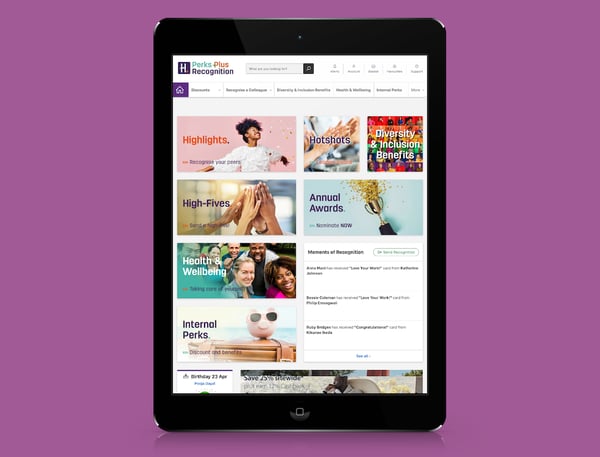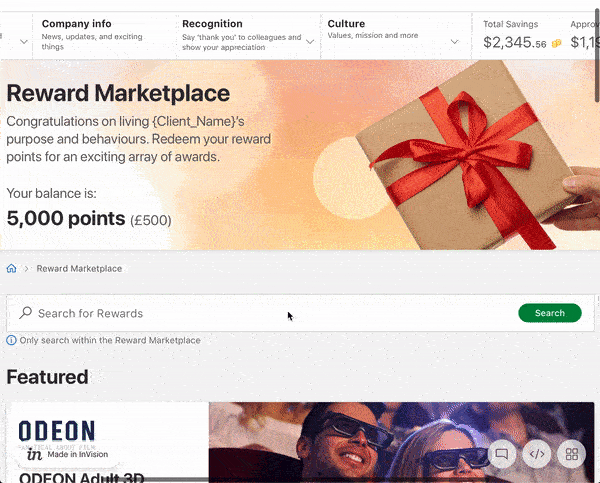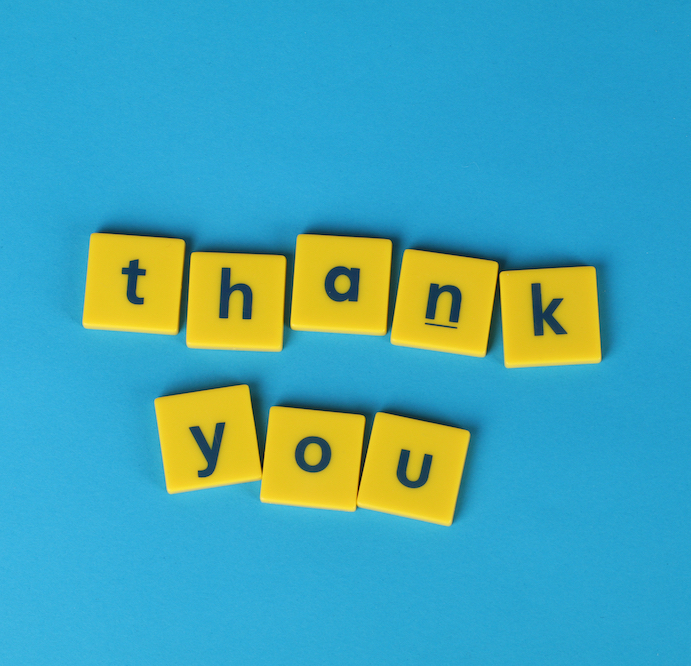The employee/employer relationship has changed significantly in the past decade (especially within the past 12 months) – employees crave regular feedback, they want to be connected to something bigger than themselves, and they want trust and autonomy. Well, that’s what studies are telling us, and that means everything to do with the employee experience – including reward and recognition – needs to help achieve those things.
If you want to wow your hybrid workforce and get them excited about and engaged at work, then you can’t just settle for old-school reward and recognition tactics. What worked 15 years ago isn’t going to cut it in today’s workforce.
To take your employee reward and recognition experience to the next level, revisit your program and weigh in on whether it is delivering the following four things:
1. Radical trust and transparency
Behind this HR buzzword is a deep seated desire for open and honest communication. Technology and social media have shifted the way we communicate with each other, and in turn, how our hybrid employees expect to be communicated with.In today’s work world, people just expect that information will be readily available to them – they want to be armed with the information they need to do their jobs well. Knowing the "rules of the game" is empowering and enables our people to just get on with it.
When it comes to employee reward and recognition programs, radical transparency is a must-have. This operates in 3 different ways:
- Effectively communicating the program structure and set criteria is paramount to ensuring people understand how they can participate and then do just that - get involved.
- Establishing set rhythms for recognition so that people have expectations around its frequency. This will ensure you have great take up and ongoing adoption of your program – a recognition rhythm makes it easy for your people to get into the groove.
- Be 100% authentic and transparent when communicating what great looks like in your business. Don’t hold back! Let people share in their language what great looks like and let leaders in your business share videos, photos and celebration moments so your people have the chance to get closer to their colleagues.
2. Education for managers and leaders
In almost every employee survey I’ve ever deployed, employees report that there is a lack of recognition from managers — it doesn’t happen anywhere near as often as they expect.
Why? First, with so many competing priorities and so much to do, employee recognition simply falls to the bottom of most managers’ to-do list. Then, along comes fear — fear of getting it wrong means that doing nothing instead of something is a better option. Increasingly, recognizing employees effectively is becoming a challenge for our leaders and it takes effort and intention to help leaders get more comfortable with this.
How can we help?
- Recognize the leaders who communicate well! Employees, tell your bosses when they’re getting it right! Tell them that you appreciate the effort they’re putting into sharing with you — this will reinforce the right behaviors.
- Consider manager training. Think outside the box with this and help your leaders to understand the impact of recognition on team morale and how they can better use recognition as a strategic tool to form more meaningful connections with their teams.
3. Daily opportunities to create community
At the end of the day workplaces are just like any other community we choose to be part of, be it our friendship groups, sports team or gym. We choose them because they share our goals and values.

With the rise of hybrid workforces, retaining this sense of community becomes harder - departments operate in silos, companies with a geographically dispersed or primarily remote workforce struggle to bring people together, teams fight over resources - even with so many tools that make collaboration easier, unity is still a big issue.
So how do we ensure everyone is clear and on board with the purpose and mission and how do we better unite our teams together to create a more connected community? By integrating your communication rhythm with recognition rhythm, so both are aligned.
As you share your company’s purpose, mission and values (and how you’re working towards achieving these) through a company blog, news feeds, meetings and formal announcements, use these opportunities to recognize people who have played a part. Use the power of technology, and look for a reward and recognition platform that integrates with employee communications workflow, so you can tag and recognize or send an eCard to people who’ve written a blog post, or are featured in a company announcement.

Hollard is an absolutely stellar example of a company truly bringing their employer brand to life by combining its communications hub with employee benefits and reward and recognition, and it just so happens the organization chose to partner with us to help improve its Employee Value Proposition. People log in to their Perks Plus Recognition hub to learn about the company’s Principles and DNA, read blogs about the latest company news and Award Winners, and to check out the latest “high fives’”and visit their very own trophy cabinet.
4. Delight for your employees
How do you ensure that after all your hard work the end-to-end experience truly delights your employees and the impact of that recognition is felt not just in that moment, but long after it has been given? By giving them rewards as part of a creative employee recognition program that's personal and meaningful as a reward, or, better yet, the ability to choose something themselves.
With our reward redemption options, employees can choose how they want to use their reward in the way that means the most to them – whether that's by redeeming an item through our seamless integration with Amazon, choosing an e-gift card or donating to a charity of their choice.

Here’s a personal example of how simple this is. I remember when I got my first Game Changer award from my manager at the time, Alex Griffiths. I was shocked and excited when I opened up my inbox and got the notification - knowing it was from leadership and someone who I really respected and looked up to made me feel like I was really succeeding at my job! But instead of using it right away (though I could), I let my awards build up since I had my eye on something rather pricey, but special: A new golf bag.
My next award came from a different sales leader within the company, and I knew exactly what to spend it on. I had a golf trip coming up, and I'd saved some of my own money, but now with my awards I had nearly $150 towards my dream bag. You can see how psyched I was as I walked into the London Gatwick airport touting my new gear:

Though I'm working on the skills to match how cool my new bag is, I'm thrilled to at least "look the part" because I could buy something meaningful to me and that made me feel awesome.
Now every time I swing my clubs, I think of RG with a grin on my face.
Hybrid workforces are expecting a timely, consistent and frequent reward and recognition experience that reaches them wherever they are. It’s time to ditch the old-school, one-size-fits-all approach where only a handful of employees receive limited recognition and even fewer get meaningful rewards. If each employer could look at how to bring these things to life in their own programs, we would all be one step closer to making the world a better place to work.
Interested in learning more about how our reward and recognition tools can help your organization? Get in touch with our team today!

 George Dixon
George Dixon



